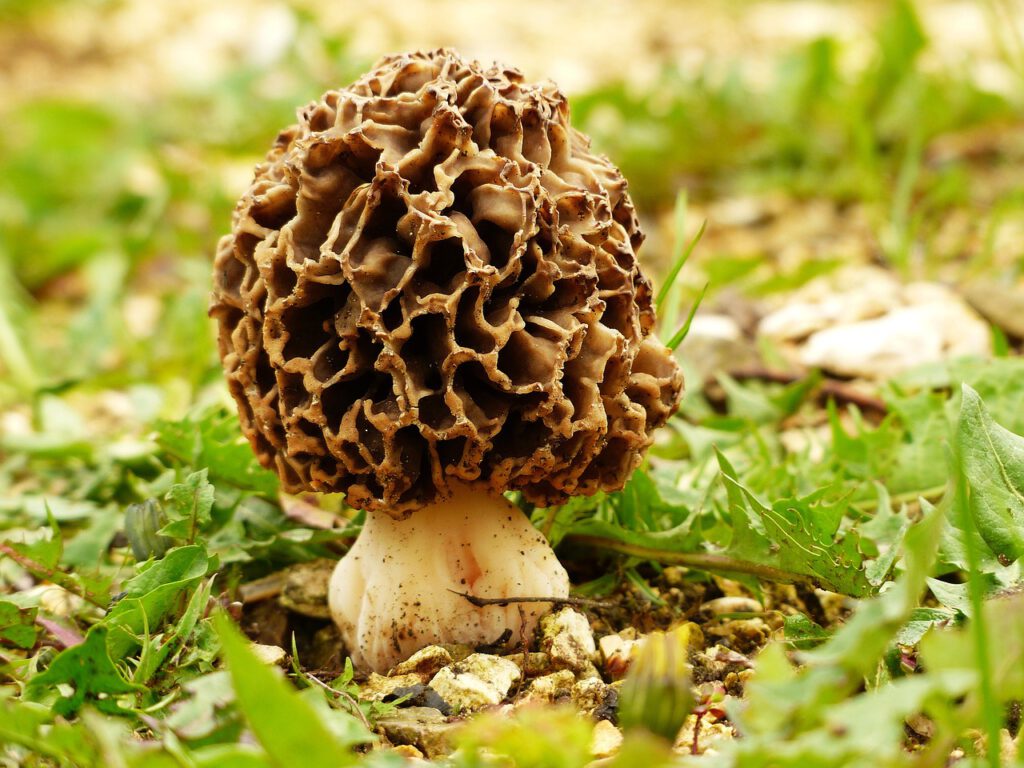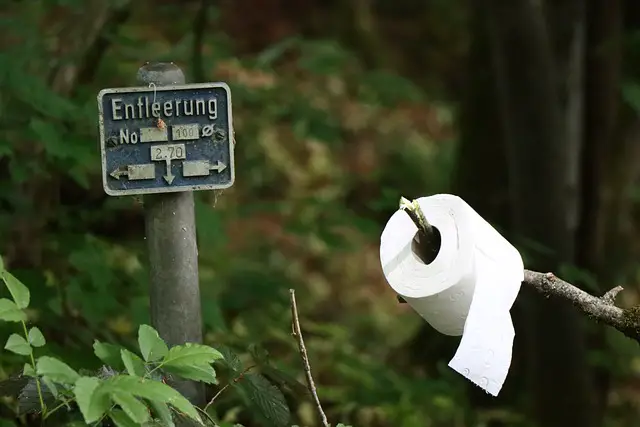Most morel hunters agree that there are two keys to successful morel hunting: observation and patience. The beginner’s mistake is rushing the job, picking too soon or too late, and leaving patches of overlooks unnoticed.
This paper will describe the basic information about morel mushrooms , how to identify them, where they grow, harvesting techniques, cooking tips and storage suggestions. The morel is an integral part of many cuisines around the world. It tastes similar to a blend of meaty flavors with nutty overtones.
What is a morel?

The morel is a type of edible mushroom which grows in woodlands and forests, particularly after fires. Its scientific name is Latin Morchella . The plural form is ‘morchel(la)’. [zoology] Morel mushrooms are also called sponge mushrooms or honeycomb caps. They grow wild in areas such as fields, meadows and forests.
What do morels look like?
Morel mushroom is a spongy, cone-shaped black or dark brown fungus. It has many small holes and ridges on its cap instead of gills like other mushrooms. Morels are sometimes called sponge mushrooms because they look like a honeycomb when sliced in half vertically.
What does it taste like?
Some people say that morels taste like chicken, but they are often described as ‘nutty’.
1. Be prepared
Before you set out for your first mushroom hunt, purchase a quality mushroom guide or two or three, so you will have an idea what you are looking for when you come across them in the wild.
2. Observation skills
Start early in the morning, but not too early. Morels often shoot up overnight and sometimes there is still dew on them in the morning, which makes picking slippery and wet work.
3. Patience
Morels are usually not found in large clusters, but are scattered about the forest floor. They tend to grow in areas where several types of trees come together. Morel hunters often concentrate their efforts near dead or dying elms, cottonwoods, ash or apple trees.
4. Hone your hunting skills
Hunt with an experienced morel hunter the first few times out. Watch how they move through the woods, where they look closely and where they don’t even bother to glance.
5. Follow your nose
Morels have a unique odor when you crush them gently in your hand. After you’ve located one mushroom, try to determine the direction of the prevailing wind. Morels tend to grow in a down-wind direction, which makes them easier to find.
6. Seasonal indicators
Morels are often found near elm trees that have been infected with Dutch Elm disease. Look for symptoms of this fungal infection on nearby trees, but don’t get too close, Dutch elm disease is contagious and can easily be transmitted to a healthy tree. Morel hunters also look for old apple orchards, as well as areas where there was once firewood cutting activity.
7. Concentrate your efforts
If you are determined to find morels in large numbers, concentrate your search in an area where they have been abundant in previous years. The morel mushroom season is usually short and weather dependent, so make the most of every opportunity.
8. Know when to quit
Morels can be picked for only a few days during their prime picking season, which varies according to geographic location and yearly weather conditions. If it rains the day after mushrooms start popping up, it will be a short season. Morels picked after the first few days of wet weather tend to become waterlogged and inedible.
9. Safety First
Morel mushrooms may look like ordinary varieties, but they can cause allergic reactions in some people and digestive problems in others. Never eat a mushroom you find in the wild unless you are certain of its identity. It is also not a good idea to try to match your finds with photos in mushroom hunting field guides.
10. Storing Mushrooms
Morel mushrooms must be kept dry, or they will become slimy and unusable. Put them on newspaper or paper towels inside an airtight container, then into the refrigerator. They will keep for several days this way. Morels can also be dried using desiccant packets found in vitamin bottles or other containers of pills and medications. Lay them out on paper towels at room temperature to dry over a week before storing them in an airtight container.



